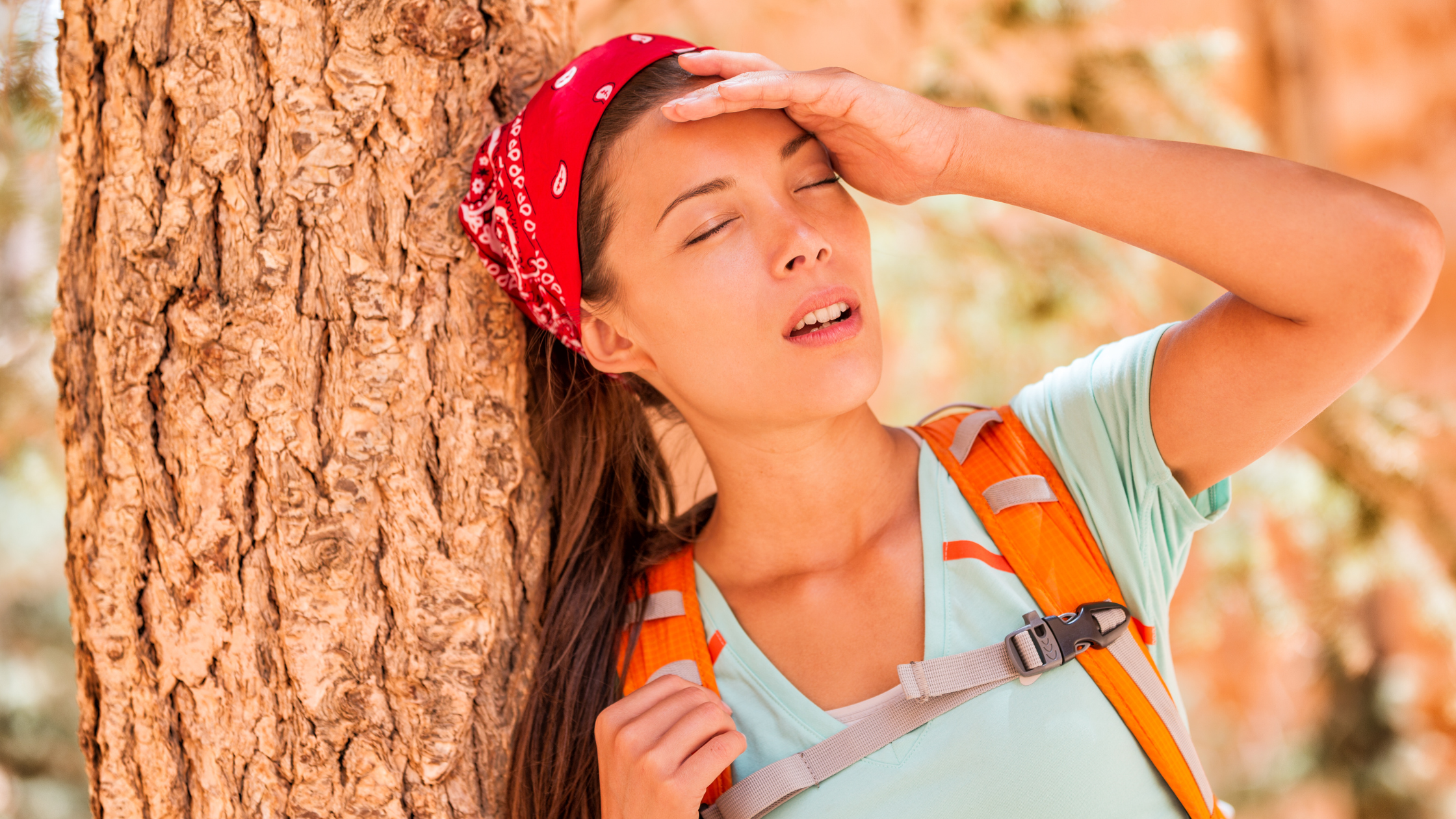In Alaska’s vast and beautiful landscapes, outdoor activities such as hiking, camping, biking, and other physical sports are popular pastimes for locals and tourists alike. However, amidst the excitement and adventure, it’s often easy to overlook and under prepare for a silent yet potentially dangerous condition: dehydration. Understanding the signs of dehydration, knowing how to prevent it, and being able to treat it can make your wilderness experience safer and more enjoyable.
How Does Dehydration Work?
Dehydration occurs when your body loses more fluids than it takes in. When this happens, it upsets the delicate balance of minerals in your body, which, in turn, affects the way it functions. Unfortunately, dehydration can happen quickly, especially when exposed to higher-than-normal temperatures or direct sunshine.
Recognizing the Symptoms of Dehydration:
First and foremost, it is essential to identify when you or someone in your party could become dehydrated. There are a few mild to moderate symptoms to keep an eye out for, including:
- Dry mouth and throat
- Thirst
- Fatigue or weakness
- Dizziness or light-headedness
- Headache
- Decreased urine output or a darker urine color
When dehydration becomes more severe, the following symptoms are equivalent to a medical emergency that must be addressed immediately.
- Extreme, unending thirst
- Severe dry mouth, skin, and mucous membranes
- Lack of sweating
- Rapid breathing and heart rate
- Sunken eyes
- Shriveled skin
- Low blood pressure
- Fever
- Unconsciousness or delirium
Quick Remedies for Dehydration
If you or someone in your party is showing signs of dehydration, take the following steps:
- Take a Break: Cease all activity and find a cool, shady spot to rest.
- Rehydrate: Drink water. Be careful not to chug it, but drink slowly and steadily. If you have rehydration packs or sports drinks that contain electrolytes, drink those too.
- Eat Water-Filled Foods: If you have snacks with a high water content, start munching on those. Options can be fruits like watermelon or oranges or vegetables like cucumber and celery.
- Seek Medical Attention: If you or someone in your party displays severe symptoms or their mild to moderate symptoms worsen, seek immediate medical attention.
How Can You Prevent Dehydration in the First Place?
The key to preventing dehydration is being adequately prepared. Here are a few tips to follow:
- Hydrate Before an Activity: If you know you are going to participate in an outdoor activity, drink plenty of fluids beforehand.
- Bring Water Supplies: Always bring lots of water during your activities. Essentially, for every hour of moderate activity in moderate temperatures, you will need around 17 oz of water – that’s equivalent to 2 water glasses full. If it is a high-intensity workout or occurs in high heat, you will need even more. Plus, we suggest bringing some extra water for “those” friends who always want to mooch off your supplies.
- Prepare Electrolytes: If you are participating in high-intensity or lengthy-duration activity, you will want to bring some electrolyte supplements to help balance your salts and sugars. This could be a packet to add to a water bottle or a sports drink.
- Dress Wisely: When participating in outdoor activities, dress appropriately. We recommend wearing loose, lightly colored clothing that reflects heat. We also suggest wearing sunscreen and a hat to protect your skin (sunburns will dehydrate you faster!)
- Take Frequent Breaks: Even if you are “in the zone” during your activity, taking breaks to rest and rehydrate is vital, even if you don’t feel thirsty. Dehydration can sneak up on you.
- Eat Regularly: For more prolonged activities, bring snacks! We recommend a balanced variety of snacks to boost your energy levels, provide protein and carbs, and have water. This could be a snack pack of fruits and veggies, a trail mix, beef jerky, and a granola bar.
No matter how you spend your outdoor time, preparing for dehydration will help to ensure you have a safe, fun, and memorable excursion.





